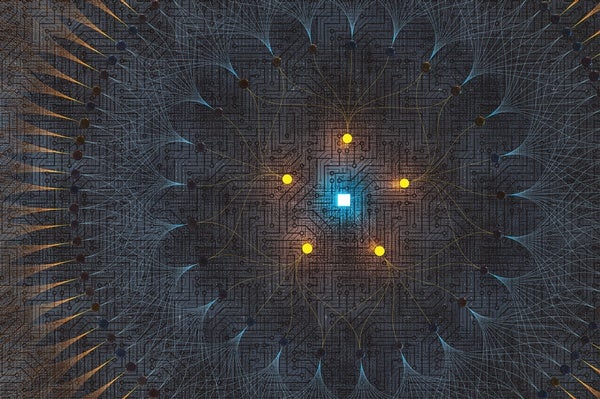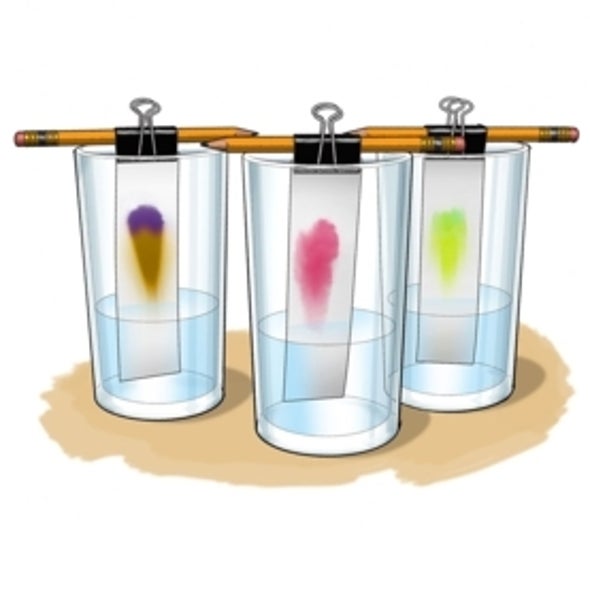 |
| July 09, 2021 |
 |
| |
| |
| |
| |
| Computing How Does a Quantum Computer Work? If you understand how these systems operate, then you understand why they could change everything. |  | By Michael Tabb,Andrea Gawrylewski,Jeffery DelViscio | | | |
| |
| |
| |
| |
| |
| |
| |
FROM THE STORE
 | | | |
| |
BRING SCIENCE HOME
 | | Chromatography: Be a Color Detective |  Paper chromatography is a method used by chemists to separate the constituents (or parts) of a solution. Credit: George Retseck | Do you love to use bright and vibrant colored art supplies such as markers or paints? Do you ever wonder how these colors are made? You might have learned that many colors, such as orange and green, are made by blending other, "primary" colors. So even though our eyes see a single color, the color of a marker, for instance, might be the result of one type of color molecule or it might be a mix of color molecules responsible. This science activity will help you discover the hidden colors in water-soluble markers. | |  | |
LATEST ISSUES
 |
| |
| Questions? Comments?  | |
| Download the Scientific American App |
| |
| |




